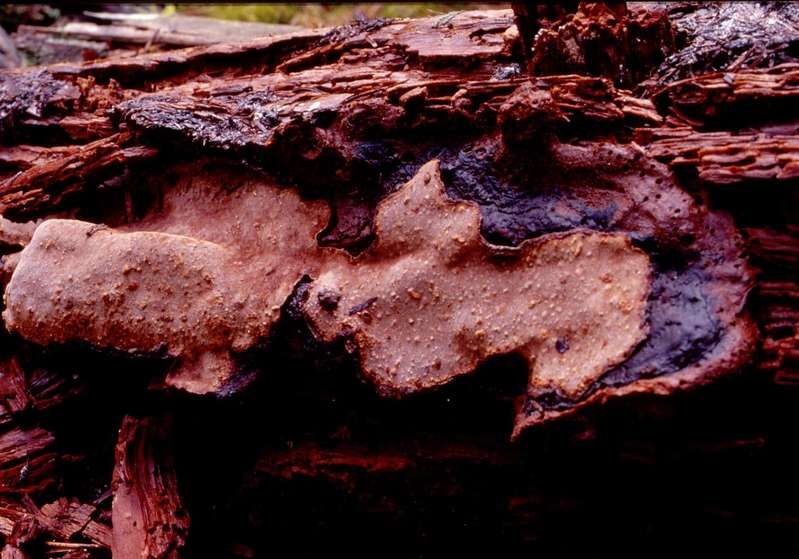
The Devil’s Bolete, or Satan’s Mushroom (Boletus satanas1) is a poisonous fungus found in southern England, and has been extirpated (probably2) from Northern Ireland. It forms a symbiotic relationship (ectomycorrhizal, but I had to look up what that meant) with broad-leafed trees, such as birch, oak, and sweet chestnut. The fungus gains a carbon source, and the tree gains increased nutrient intake.
In terms of looks, it’s a short, stocky, with a light colo(u)red cap and reddish yellowish stem. The devilish part comes from its smell. The Northern Ireland site claims that “the taste is unpleasant…” There’s only one issue I’ve got with this statement. It’s poisonous, so “unpleasant” might be putting it lightly. In fact, the most recent record of Satan’s Mushroom in Ireland is due to a poisoning incident.
The major cause of endangerment is deforestation, limiting the number of broad-leafed symbiotes to go around for the Devil’s Bolete. Also, a 1987 hurricane, which resulted in even fewer trees, didn’t help. There doesn’t seem to be any specific program(me) in place to save this devilish fungus. On the bright side, they’ve got a list for fungus. C’mon US, there have to be some American fungi that need our help.
Next week, stay tuned for another non-animal post, becuase Florabot, my summer roommate who suggested the whole thing (EUT), will teach us about an Endangered Ugly Plant. If there are any botanists out there complaining about underrepresentaion of plants on this blog, consider this my affirmative action.
1Sound like a good heavy metal album name? These guys thought so.
2Fungi have this terrible habit of disappearing from view and existing solely as hyphae underground. That, and they aren’t exactly conspicuous. Which might be why there aren’t any on the US list.







